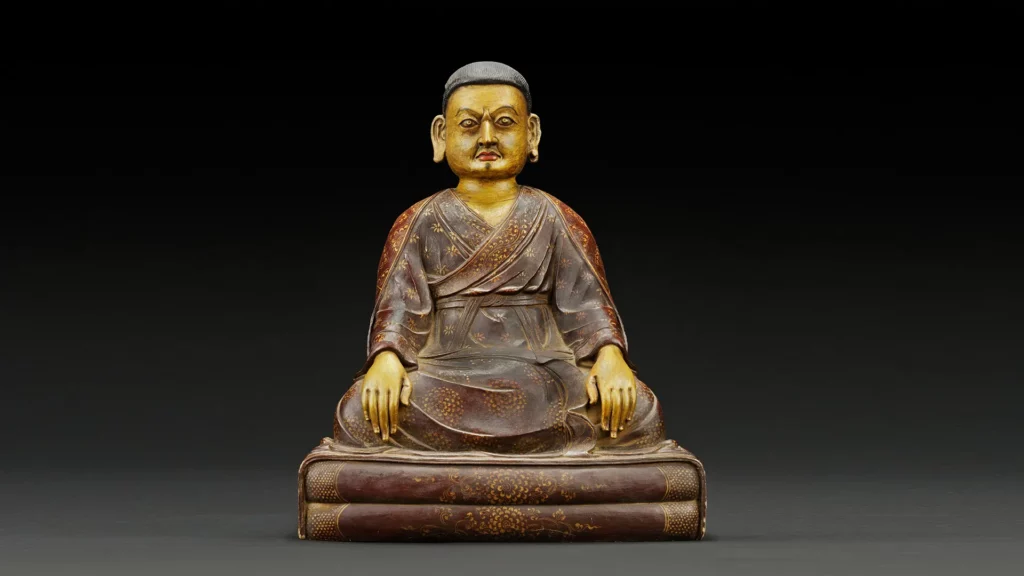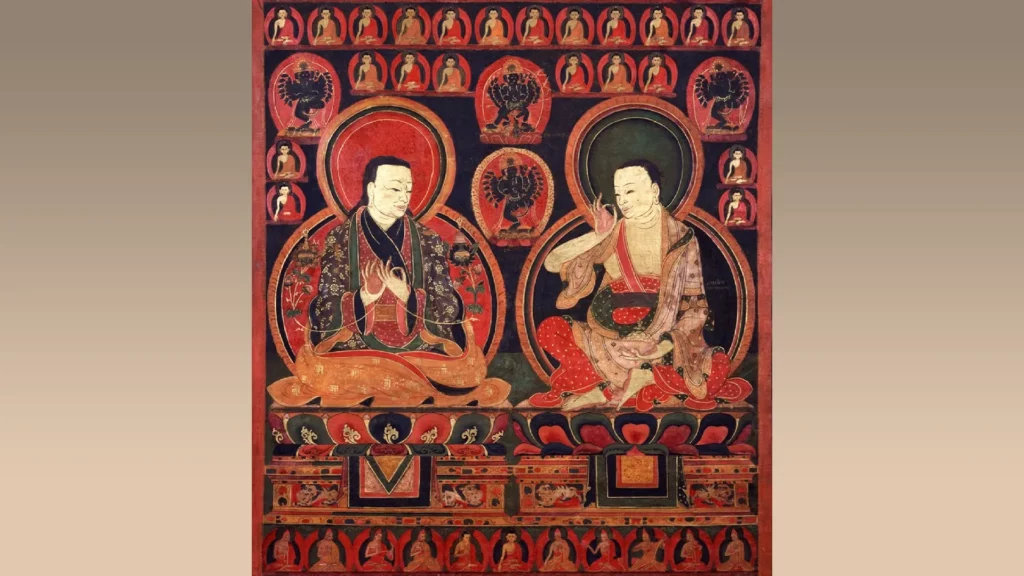Marpa Lotsawa, more widely known as Chökyi Lodrö which means “dharma wisdom” in Tibetan, was the founder of Kagyu (Oral Tradition) School of Tibetan Buddhism. Marpa traveled to India three times to pursue his dharma studies and successfully learned the Mahamudra,1 which allows practitioners to achieve enlightenment in this lifetime. He was also known for transmission of Vajrayana teachings from India to Tibet. Lastly, he was credited as a great sutra translator for his translation and correction work on numerous sutras in Sanskrit.
Note 1: The Mahamudra is the most advanced mystical dharma in Esoteric Buddhism. It’s difficult for the practitioners to reach an accomplished level, but once they reach that level, they’re able to achieve Buddhahood in this lifetime.
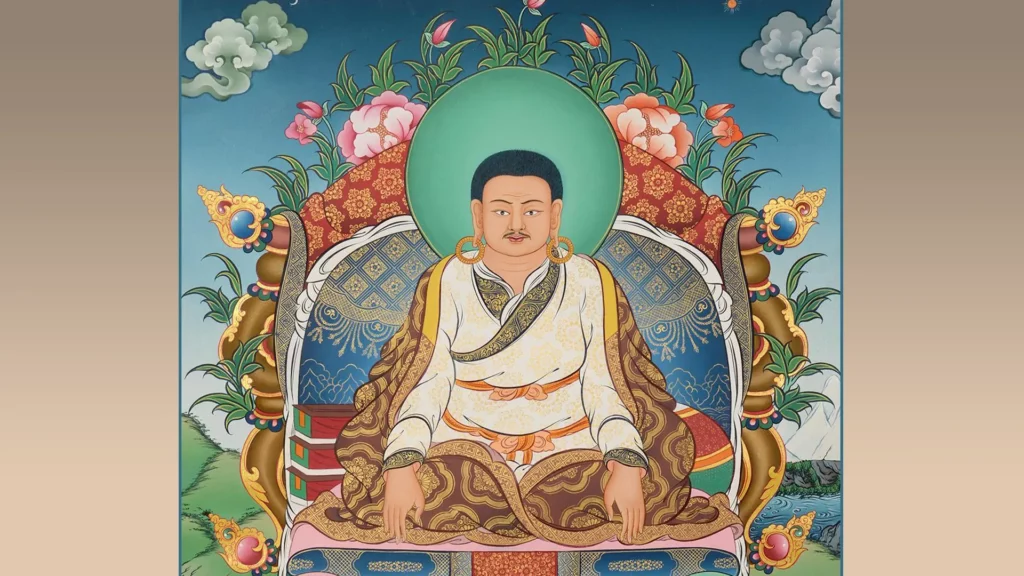
Rebellious, But with an Interest in Buddhism
Marpa was born to a wealthy family in 1012 AD in a town in Southern Tibet. Knowing his son’s short-tempered nature and his capacity to learn quickly, Marpa’s father thought his son was best suited to learn Buddhadharma. Marpa began learning Buddhadharma at the age of 12 and began studying Sanskrit and some colloquial Indian languages at the age of 15 under his teacher, Drogmi Lotsawa. He mastered Sanskrit in less than three years; that was the right time to travel to India to take his dharma learning to another level.
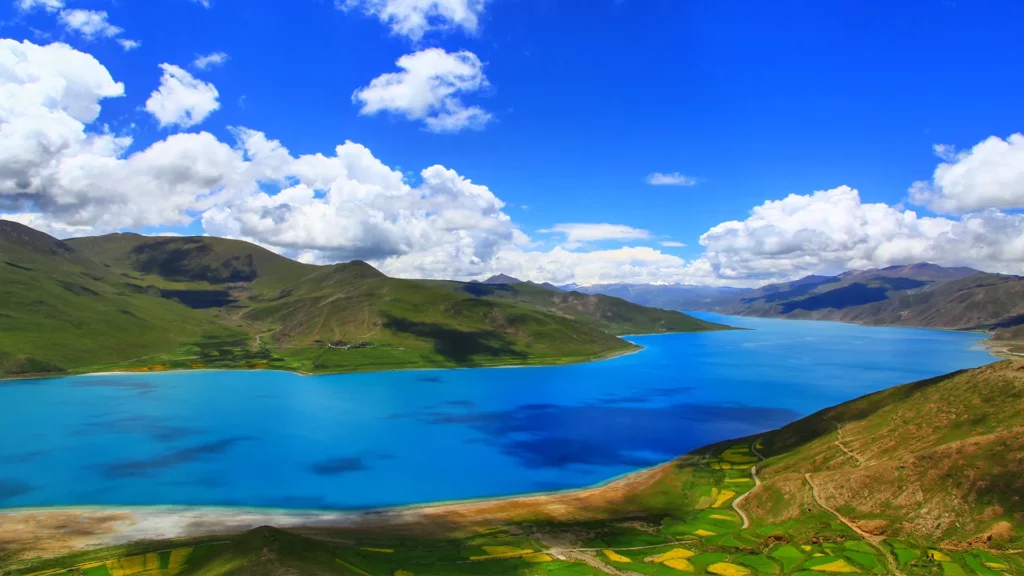
Years in India
Having made up his mind, the young Marpa sold everything and used all the money obtained to buy gold; he then traveled to India. He learned that Naropa2 was a great achiever in India so he decided to learn under him. After numerous encounters, Marpa got the opportunity to meet with Naropa and became his mind-to-mind disciple. After learning much mystical dharma under Naropa, Marpa was recommended by Naropa to learn from a few great masters such as Maitripada, Paindapa and Chitherpa. In a nutshell, he spent 12 years in India studying Buddhadharma.
Note 2: Naropa was the great achiever in India and the creator of the Mahamudra. He was the guru of Marpa and imparted the Mahamudra to him.
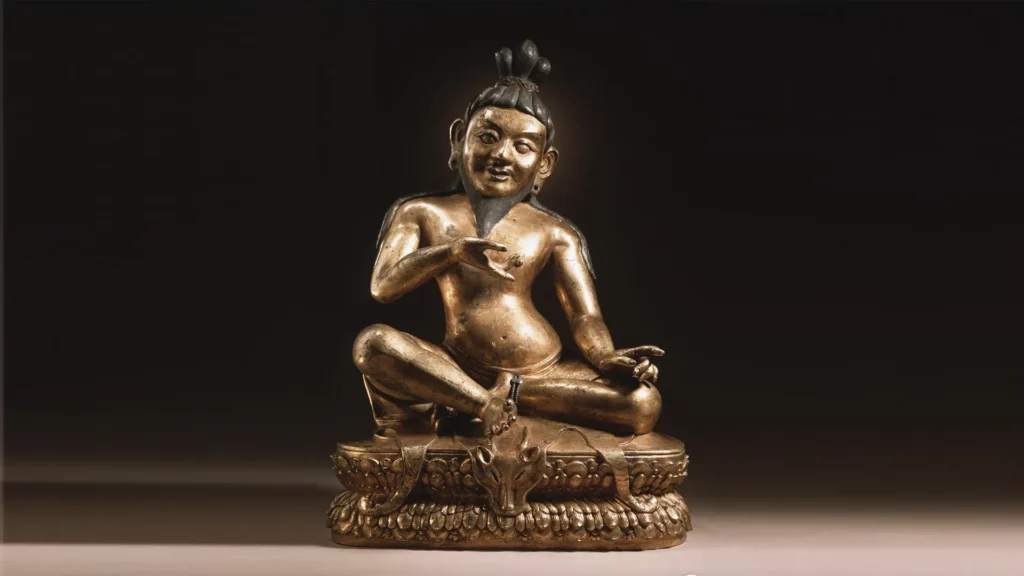
Teaching and Translating
He returned to Lhodrag, his hometown in Tibet, where he oversaw the building of Zhuowalong Temple and a manor which he used to conduct his business, farming and translation activities. He became famous for his translation works on Buddhist scriptures and made a major contribution to the transmission of the complete Buddhadharma to Tibet. He then traveled to India again to further pursue higher-level Buddhadharma after selling everything to pay his travel costs. He stayed in India for six years.
Marpa then returned to Tibet once again to teach and transmit everything he had learned during this time in India. He got even more famous as the dharma he taught was so sacred and attracted vast followers. According to some records, there were about 500 practitioners meditating in Tibet in caves, under trees and in Zhuowalong Temple thanks to Marpa’s teachings. Years later, to improve his teaching delivery, Marpa made another trip to India.
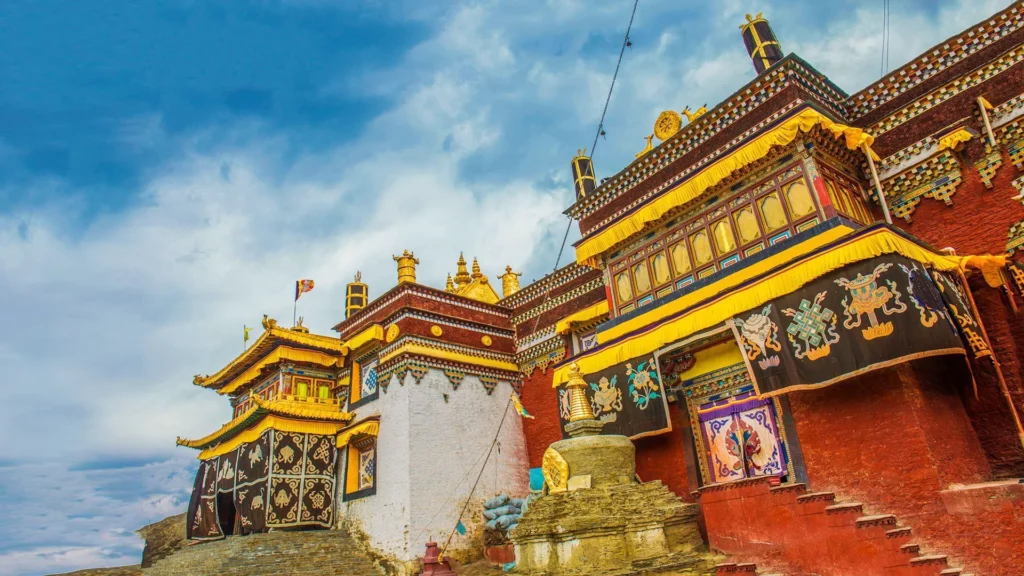
Attracting Countless Disciples and Founding the Kagyu School
After returning to Tibet from India, Marpa kept teaching Buddhism, which attracted many practitioners who wanted to study under him. Marpa’s teachings relied on verbal delivery between the master and disciples; he also taught his disciples the Mahadruma, the mudra that allows those who master it to achieve immediate enlightenment. His teaching method was developed by his disciples to become the Kagyu3 (Oral Tradition) School, and he himself is considered the first patriarch of it.
Note 3: Kagyu means oral transmission; the Kagyu School is also called the White Hats, as the masters in this school normally practice in white frocks.
Marpa was known for being strict, but humorous and also forgiving when he taught. His three trips to India had seen him cross deserts and poisonous rivers; he also braced through snakes in order to get to his master, Naropa. Records say that he had almost got himself killed on 13 occasions in order to deliver the valuable Vajrayana scrolls to Tibet. Throughout his dharma teaching career, he had produced several famous disciples, such as Ngok Chöku Dorje, Tsurtön Wanggi Dorje, Meytön Chenpo, and the most famous one, Milarepa. Together, the four were known as the “Four Great Pillars.” These disciples made the teachings of the Kagyu School more widely known and further escalated its status during the second diffusion4 of Tibetan Buddhism.
Note 4: The history of Tibetan Buddhism is divided into the first diffusion and the second diffusion by Tibetan historians. The first diffusion refers to the period lasting about 200 years, from King Songtsen Gampo’s promoting of Buddhism to King Langdarma’s persecution of Buddhism. The second diffusion refers to the period after Phagspa united Tibet and restored monasteries and Tibetan Buddhism.
